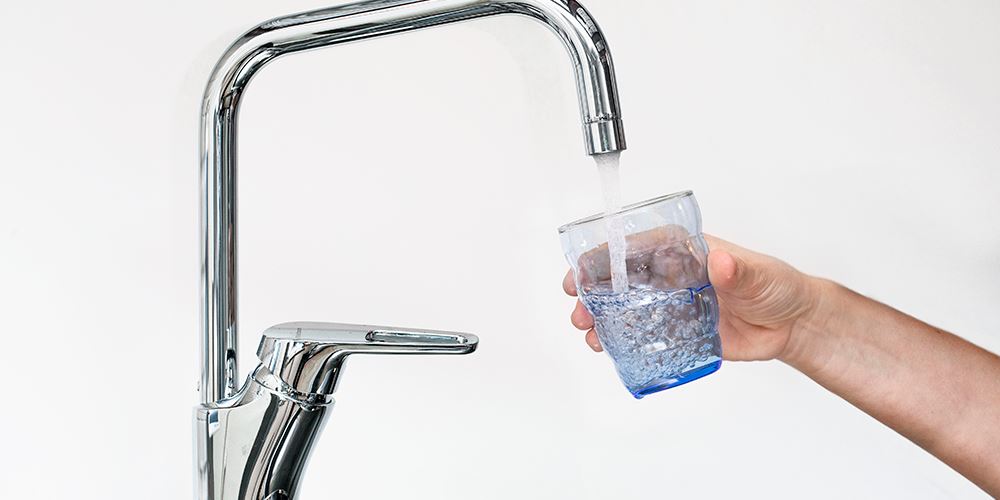We work within the following fields:
- Process and system solutions for drinking water, aquaculture, and industrial process water:
- Process design (Membrane filtration, coagulation, biofiltration, corrosion control, ozonation, Ultraviolet radiation (UV))
- Optimization
- Process control for treatment processes
- Life cycle analysis and cost of living analysis
- Multi-criterion analysis for process and system selection
- Experimental testing and verification
- Groundwater supply, Managed aquifer recharge (MAR)
- Sludge handling
- Treatment of intake water for aquaculture and industry Reuse and recycling of water
- Hygienic barriers to water safety Risk and vulnerability assessment (ROS analysis)
- Laboratory testing of water quality (BDOC, fractionation)
- Membrane autopsy
Climate changes
Climate change and pollution can lead to drinking water needing more treatment and purification than before. We get more plant growth and a longer growing season when the temperature rises. Increased precipitation, which also leads to increased inflow to the water sources, can lead to more colored water. In addition, we will also see increased organic content and more microbial pollution from birds and animals.
Norway is more exposed to this than many other countries, since surface water from rivers and lakes is a substantial natural water source. It is more common in other parts of the world to use groundwater as a natural water source. Residues from medicines, hormones, cosmetics, and industrial activity can also affect water quality and threaten humans and ecosystems.
Digitization of the water industry
The need to upgrade processes for water treatment is continuous and increases with climate change and increased pollution of natural water sources. The water industry is transitioning from analog to digital solutions for processes and systems.
We can use artificial intelligence and machine learning to analyze climate data and the effect of climate change on water and sewerage resources. These methods provide opportunities to improve existing technology and develop new solutions for controlling water quality and security of supply.

